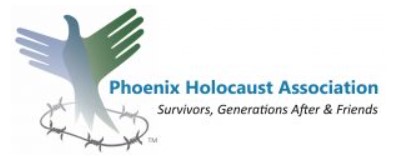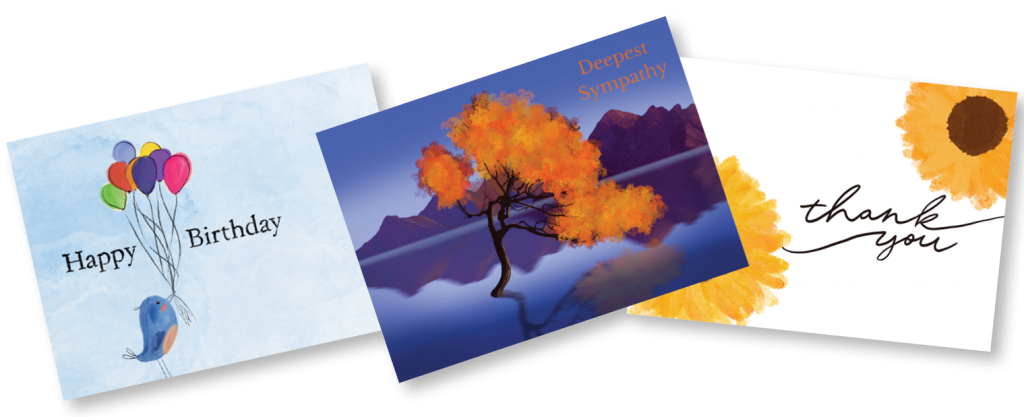I consider myself a well-educated person, with a few high academic degrees, which made my mother
proud. I grew up and was educated in New York. After living and working in five other countries, I
relocated to Phoenix, Arizona and became active as a volunteer at the Heard Museum
(https://heard.org/). This was the first time I learned about the terrible abuses against American
Indians, including the history of the infamous Boarding Schools for American Indian children. I was
horrified to learn that children were forced–actually kidnapped–and sent thousands of miles away
from home to government or church-run schools throughout the United States. I was mortified and
‘uncomfortable’ to learn that my own government was responsible for these decisions, these
violations of treaties, these deaths, and these abuses. Some have identified these events as efforts at
genocide.
As a child of two Holocaust survivors from Lithuania, the triggers rang in my head as I learned the
extent of the horrors. I was shocked to learn about these terrible chapters in American history.
Furthermore, as an adult and an educator I felt that the absence of this history from the curriculum of
many schools was purposeful omission.
As a coordinator at the welcome desk at the museum, I made sure each and every visitor went to see
the comprehensive exhibit about the history of the boarding schools entitled “Away from Home.” Upon
their exit from the museum, as they passed by my desk, I asked our guests their impressions. Many
had tears in their eyes and were visibly moved, not only about the story itself, but because of their
personal realization. Each one declared, almost apologetically, “How come I never knew? How come
I never learned anything about this in school?”
I have heard that there is a belief in some sectors that teaching “uncomfortable truths” in our public
schools would be too disturbing for our children, thus, should be avoided. A few years ago, I was
invited to speak about my family’s Holocaust experiences at a number of Secondary Schools in
Germany. The students in the audiences were probably the second generation that had been
receiving education about the Holocaust, as mandated by their Ministry of Education.
These students and their teachers are very knowledgeable of the facts about the atrocities and the
genocide, documented from before, during, and after WWII. While they may not know every detail,
they are also very aware that most of their grandparents and great-grandparents and other family
members were members in the Nazi party and contributed to the war effort. They have had to come
to grips with the fact that each one was directly or indirectly involved in the genocide of the Jews and
other groups.
Was it painful and uncomfortable for them to learn these facts? Yes, for sure! There is much research
and writings about the descendants of Nazis to understand their pain after learning those facts.
As I listened to these future adults speak, I felt heartened that their governmental education has tried
to ensure that they create knowledgeable, civic-minded, humane, and empathic citizens. The
students talked about the importance of preserving and protecting their democracy, their sensitivity to
diversity, and their stand against rising fascist movements in their country. Perhaps this is the result
of purposefully addressing these ‘uncomfortable truths’ in their educational programs.
Education that addresses the “uncomfortable truths” – with all its warts – is the key to a democratically-minded citizenry.
From Kim Klett, Educator and board member of PHA
I have taught at Dobson High School for the past 31 years and have taught a semester-long (now
year-long) Holocaust Literature course since 2001. While the focus is on the Holocaust, I spend
about 1/3 of the course discussing other genocides. After becoming a member of the first cohort of
Teaching Hard History, through Learning for Justice, I realized I need to cover the genocide that took
place on our own soil, that of the Native Americans.
My classes began this year learning about Raphael Lempkin and the development of the UN
definition of genocide, and then analyzed Gregory Stanton’s 10 Stages of Genocide. Students
studied crimes perpetrated against Native Americans, and then focused on the boarding school
system, started by General Richard Pratt, who infamously declared that the schools would “Kill the
Indian and save the man.”
Overwhelmingly, my students asked, “Why haven’t we learned this before now?” These are high
school seniors, who have taken history courses every year. The subject is not approached in their
textbooks, nor had most heard about it, and they were appalled. As their first writing assignment,
many chose an option to address their essay to textbook companies, asking them to include this
history in their books. Others chose to write to members of Congress, asking to move forward with
the Truth and Healing Commission on Indian Boarding Schools Policies Act. The unit culminated in a
field trip, first to the Heard Museum’s excellent exhibit “Away from Home” (mentioned above) and
then to the Phoenix Indian Boarding School Museum, where students heard Molita Yazzie, who had
attended boarding school and discussed the differences between her experience in the 1970’s and
80’s, the experiences of older family members, who suffered many abuses. Students appreciated the
in-depth knowledge and information they learned at the Heard exhibit, but also were stunned at the
boarding school museum when they realized they were on the grounds of an actual boarding school,
in the structure that was physically built by the children there, and now fully understood why Indian
School Road is so named.
Now that my class is in the midst of studying the Holocaust, they are making connections, using
techniques of comparative genocide to understand the hatred, racism, and greed that we see in all
atrocities. By the end of the semester, they will also be able to recognize the generational trauma
that both boarding school and Holocaust survivor families carry. My students proudly don stickers on
their binders proclaiming “I have the courage to learn hard history,” and they are all the better for it.



